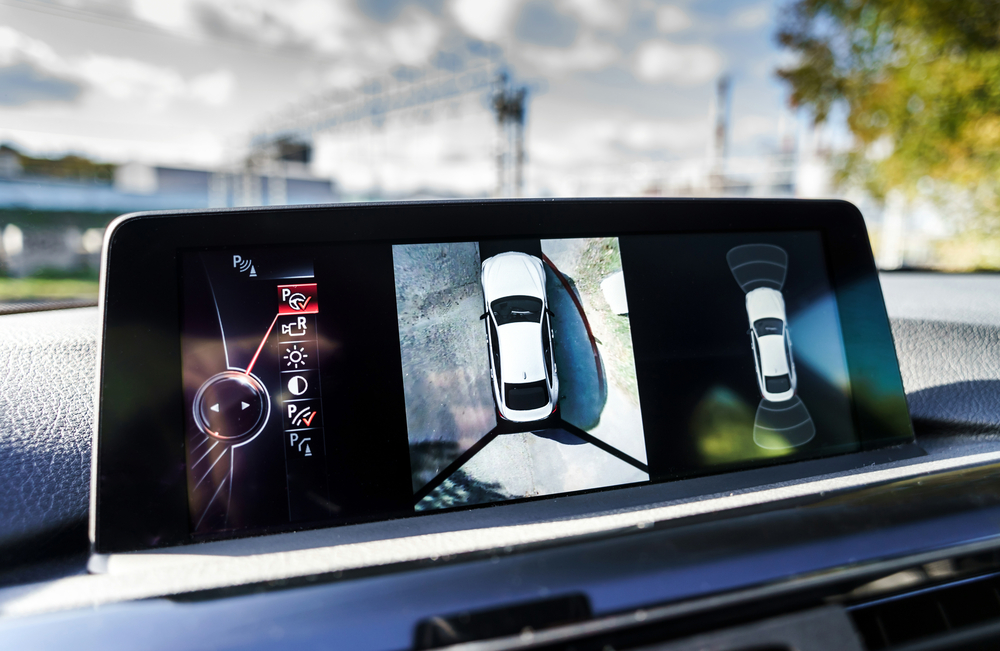Automotive technology has developed and grown dynamically over time, with safety being a leading consideration. Since the beginning, different cars have taken a lot of steps, from introducing airbags to advanced and sophisticated crash avoidance technologies. This blog focuses on the automotive safety evolution, highlighting a few remarkable milestones that have resulted in safer roads for both drivers and passengers.
Airbags: A Revolutionary Leap
A middle-of-the line advance in auto safety occurred a couple decades later with the debut of airbags. Eventually viewed as a quality option, they became the mainstay of most car models. Such inflatable cushions are used, which deploy upon impact and act as an additional shield for the occupants in a crash. Airbags became widely used and made massive improvements in the severity of frontal crash injuries, transforming a substantial part of accident safety.

Crumple Zones
Another significant breakthrough in the automotive safety industry is associated with crumple zones that were introduced in 1950. The engineered parts located at the front and back ends of cars crumple during impact, diverting kinetic energy away from passengers. Crumple zones, therefore, by compromising the structural integrity of these areas, have been able to create a higher risk of severe injuries through impact and have mostly contributed to substantial death reduction.
Anti-lock Braking System (ABS): Improving the Control
The emergence of the anti-lock braking system (ABS) in the late twentieth century elevated a new trail into vehicle safety. The ABS system prevents wheel lockup during emergency braking, thereby ensuring that the driver maintains steering control. This particular technology works particularly well under poor road conditions and reduces the odds of skidding, thereby improving stability. Modern-day vehicles have a staple driver aid feature that contributes to the prevention of accidents, namely ABS.
Electronic Stability Control (ESC): Combating Skids and Slides
In the early 20-year process, ESC was introduced as a highly developed safety system preventing skidding and slipping. ESC makes use of sensors to detect and solve the problem of traction loss, applying brakes independently on each wheel in order to maintain proper balance. This technology has proven to be essential in minimising the likelihood of rollover crashes and improving general vehicle handling, particularly under challenging weather conditions.
Collision Avoidance Technologies: Looking Ahead
The current frontier in automotive safety is collision avoidance technologies, which include features such as forward collision warning, automatic emergency braking, lane departure warnings, and adaptive cruise control. These systems use sensors, cameras, and radar to find these types of threats and automatically prevent or reduce the threat level. In the road-safety perspective of autonomous vehicle development, these technologies are at the centre of.
Side-Impact Airbags and Curtain Airbags
Although front airbags dealt with the threat of head-on collisions, side impact and curtain bags were developed as a response to the risks revealed by lateral crashes. These airbags are thus specialised and deployed through roof and door panels, providing protection to the head and torso in case of sideways collisions. Their use has made a major contribution towards reducing the chances of sustaining serious injuries in cases where conventional airbags could have provided insufficient protection.
Advanced Driver Assistance Systems (ADAS)
ADAS is a family of technologies aimed at supporting the driver and improving road safety in general. These include blind-spot monitoring, lane assistance, and rear camera functions. These systems operate in tandem to provide feedback, warn of impending danger, and even prevent accidents by taking corrective action. ADAS does not only enhance safety, but it also creates another tier of driving autonomy.
Reverse View Cameras and Parking Aids
Many cars now provide rear-view cameras, which help drivers to reverse and sharply decrease the chance of hitting something in a narrow space. Parking assistance systems take an additional step even further by providing visual or sound prompts, thereby making parking movements safer and easier to control.

Conclusion
The history of automotive safety is a complex trail comprising several technological revolutions that, in their totality and individually, aim to make the roads safer for all drivers. Since the evolution of airbag systems to state-of-the-art driver assistance technologies, each stage is a joint venture that seeks to reduce the dangers related to traveling. The future of the automotive sector, immersed in emerging technologies, will allow for a world where not only are crashes survivable, but accidents may no longer be evidence. Together, we contribute to a safer and more secure future for our roads by understanding these innovations.

